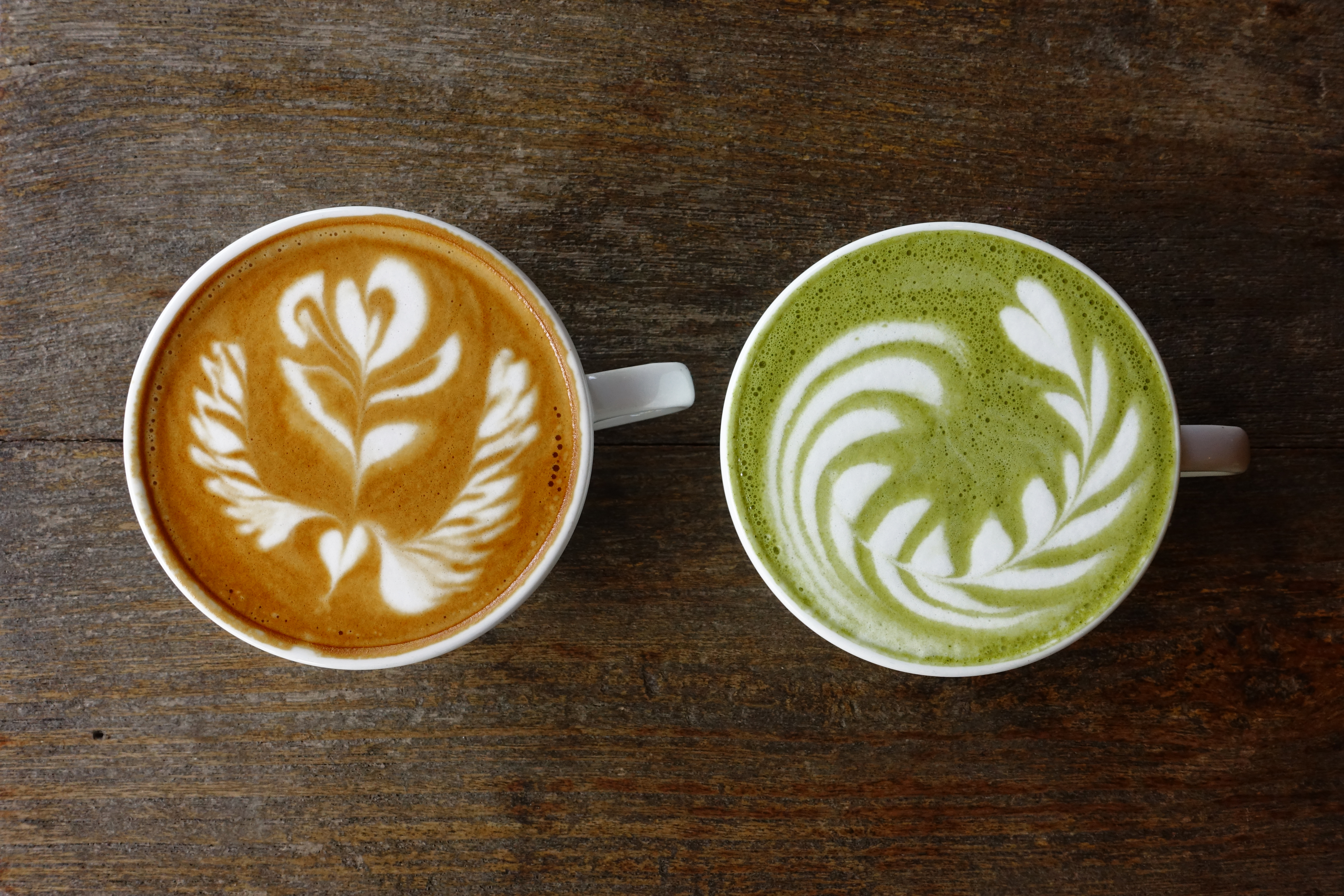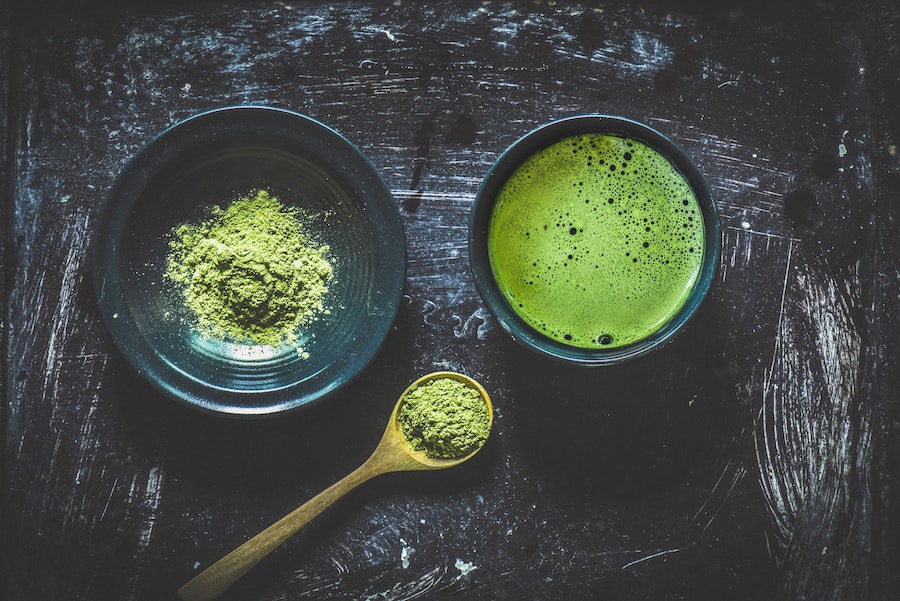4 things you need to know about matcha
Liz Connor takes a dive into the pea-coloured drink that’s proving popular on Instagram.
Whether you’ve seen it sprinkled on a doughnut or you’ve spotted it on sale at your local coffee shop, matcha seems to be everywhere right now.
The trendy ingredient is taking over Instagram with food bloggers and baristas finding inventive ways to mix it into all kinds of weird and wonderful recipes.
The millennial-approved superfood has actually been around for centuries and comes from the same Camellia sinensis plant as green tea. Matcha beverages go through a completely different farming process though, making them much stronger in flavour and caffeine, with a more appealing nutrient profile.
Green tea plants used for matcha are shade-grown for several weeks before harvest, which encourages the plant to produce a unique mix of caffeine and L-theanine, an amino acid which promotes calm. The leaves are then ground into a fine powder, are splashed with hot water and whisked with a bamboo brush until the mixture froths like a milky latte.
So what else makes matcha special? Here, we’ve rounded up a few fast facts.
1. It’s high in antioxidants
Matcha is a rich source of catechins, natural antioxidants that are found in plants. Research has widely found that antioxidants can help to slow the process of ageing by stablising free radicals, compounds that cause damage to cells and can contribute to several chronic diseases.
Unlike green tea, where the leaves are infused in hot water and then discarded, matcha drinkers consume the leaf, giving it a greater kick of antioxidants. One study by the University of Colorado found that the catechin content in matcha is around 137 times greater than in regular green tea.
2. It’ll give you a less jittery energy boost than coffee

Drink matcha for calm alertness
Matcha contains caffeine, but thanks to its high L-Theanine content, the ‘buzz’ is much more long-lasting and energising.
L-Theanine causes a slow release of caffeine into the body, and has a calming, relaxing effect that counteracts the caffeine rush. Basically, it should give you that all-important pick-me-up on the commute into work, but without the jitters and subsequent energy slump.
3. It may enhance ‘fat oxidation’
View this post on Instagram
A study by three different universities last year examined the effect matcha green tea drinks have on metabolic responses during brisk walking for women. The researchers found that if participants consumed three drinks the day before and one drink two hours before a 30-minute brisk walk, matcha enhanced exercised-induced fat oxidation, aka burning fat. They did say though that the metabolic effects shouldn’t be overstated if you’re trying to lose weight.
4. You can try it in loads of different forms
If you fancy having a go making a frothy green tea at home, Pure Leaf’s Matcha Pure sachets (£5 for 12 sachets, ocado.com) are fuss-free way of getting in on the trend without having to measure out messy powder.
Simply pour 50ml of boiling water over the contents of one sachet and whisk until it’s dispersed. Then add another 150ml of water and whisk until creamy.
The great thing about matcha, apart from it’s distinctive green hue, is that it’s a really versatile cooking ingredient. As well as hot beverages, powdered matcha can been baked into cakes, used to flavour ice cream, whizzed into smoothies or spooned into pancake batter.
Have a quick scroll through the hashtag #matcha on Instagram and you’ll find all kinds of novel inventions, alongside a few hundred thousand green lattes.
The Press Association
Latest posts by The Press Association (see all)
- Best places to see bluebells this spring - April 2, 2025
- Does sunscreen expire? Everything you need to know about SPFs - April 2, 2025
- Top Gun and Batman star Val Kilmer dead at 65 - April 2, 2025
- Actor Richard Chamberlain dies aged 90 - March 30, 2025
- 5 new books to read this week - March 26, 2025




















